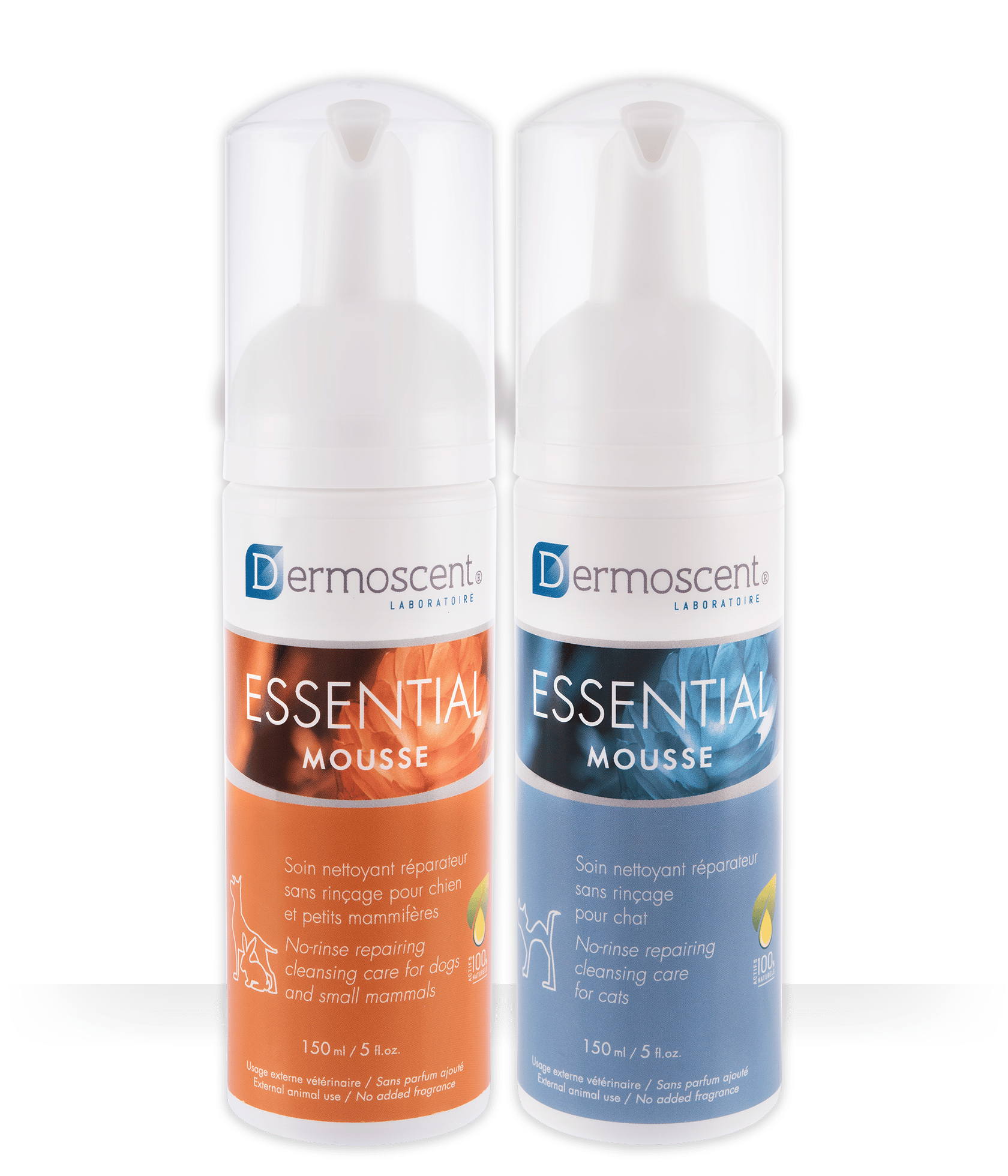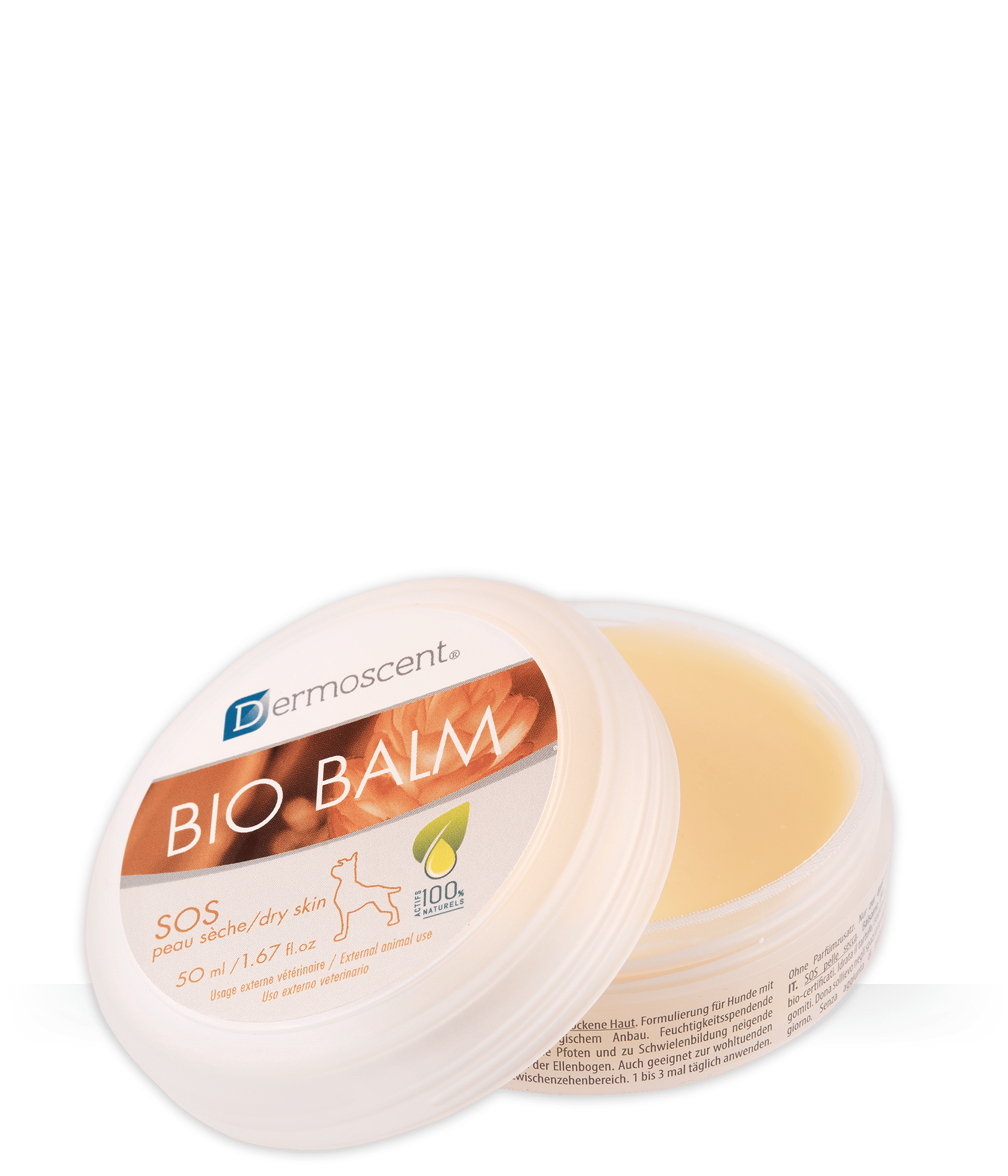Winter’s little troubles: sore paw pads!
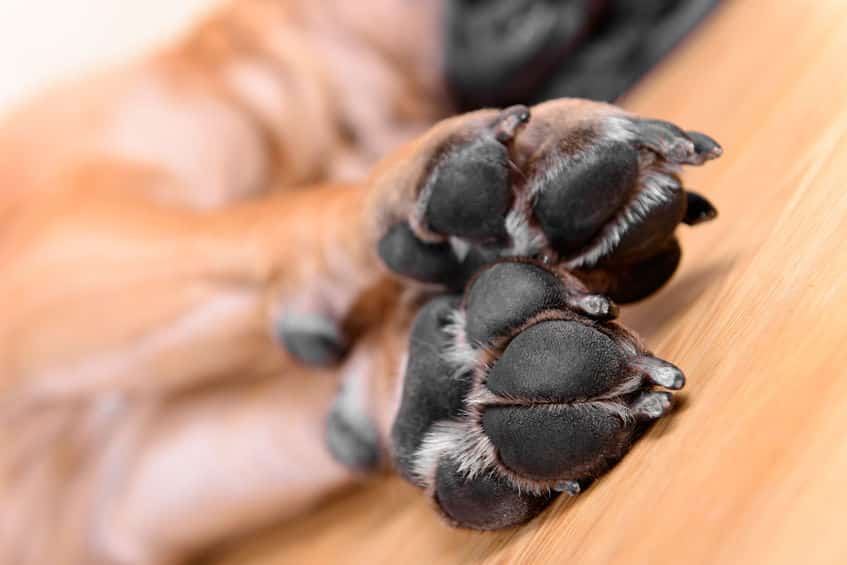
“The one who wears shoes knows nothing of the suffering of the one who walks barefoot” (Chinese proverb)
Our pets’ paw pads are naturally resilient. However, they can be subjected to considerable abuse: long walks, hunting, sleigh-dog races, or winter conditions.
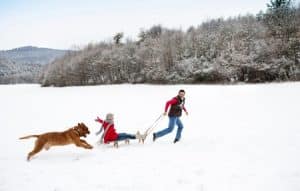
Intense or prolonged physical activity can cause the paw pads to become overheated, or to develop small surface cracks or abrasions, which can lead to discomfort for the animal.
In winter, snow lodges in the interdigital spaces, forming small hard icy clumps that cause local inflammation (redness), an obvious source of discomfort for our pets. Finally, frost promotes the formation of fissures and cracks, or even painful deep cracks, sometimes leading to lameness.
How do we protect our four-legged friends’ paw pads?
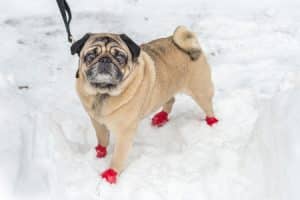
In order to prevent these problems, there are several options, which can also be combined to obtain better results.
- First of all, when there is snow, it is advisable to trim the hair growing between the paw pads to prevent crystals from lodging and clumping in that area.
- Special booties are also available for pets (more particularly for dogs), which help to protect the paws. But not all animals are fans of that particular option…
- Use of so-called “tanning” lotions can help to increase resistance to overheating.
- Finally, applying water-resistant balms or creams is an effective way to waterproof and protect the paw pads before a walk.
What to do after walks
After coming home from a walk or run, it is recommended to examine the paws to see whether the animal has any lesions such as superficial abrasions, chapping, deep cracks or irritations in the interdigital spaces and paw pads. It is recommended to bathe the paws in lukewarm water or clean them with a suitable product to remove any source of irritation (road salt, ice crystals lodged in the hairs, etc.). The area should then be well dried, and a product applied to hydrate, repair and soothe, massaging areas that have been injured or overheated.
Dr. Isabelle Mennecier, veterinarian

